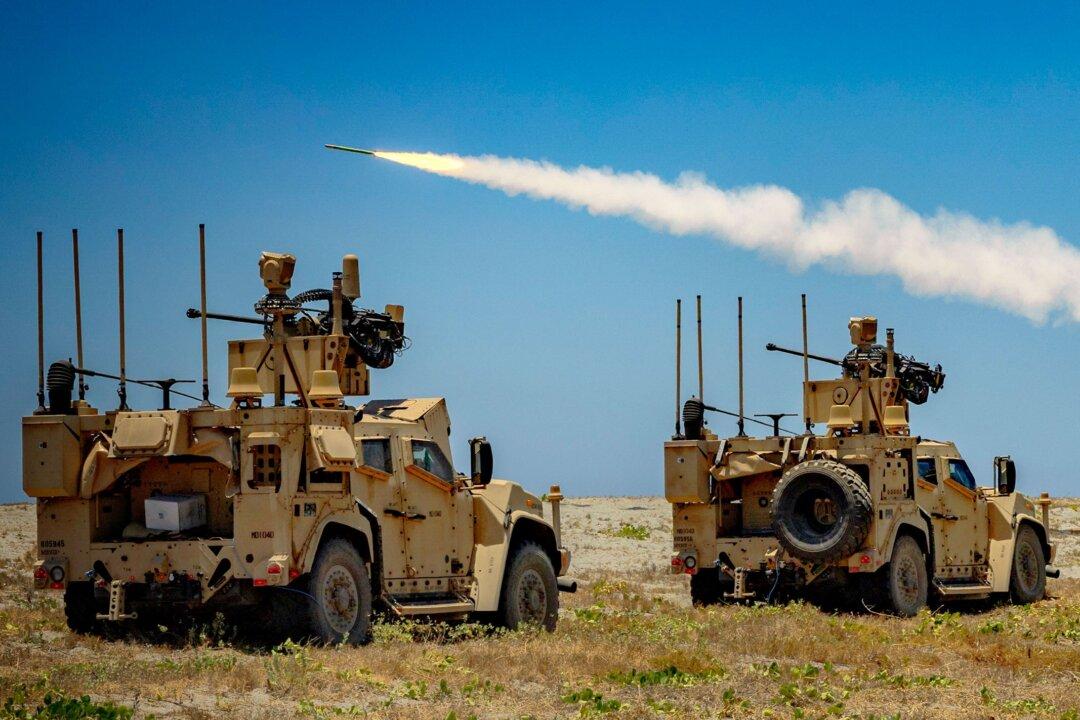Commentary
The Chinese regime’s growing aggression in the Indo–Pacific has led the Philippines to forge stronger global partnerships rooted in shared interests and values.

The Chinese regime’s growing aggression in the Indo–Pacific has led the Philippines to forge stronger global partnerships rooted in shared interests and values.